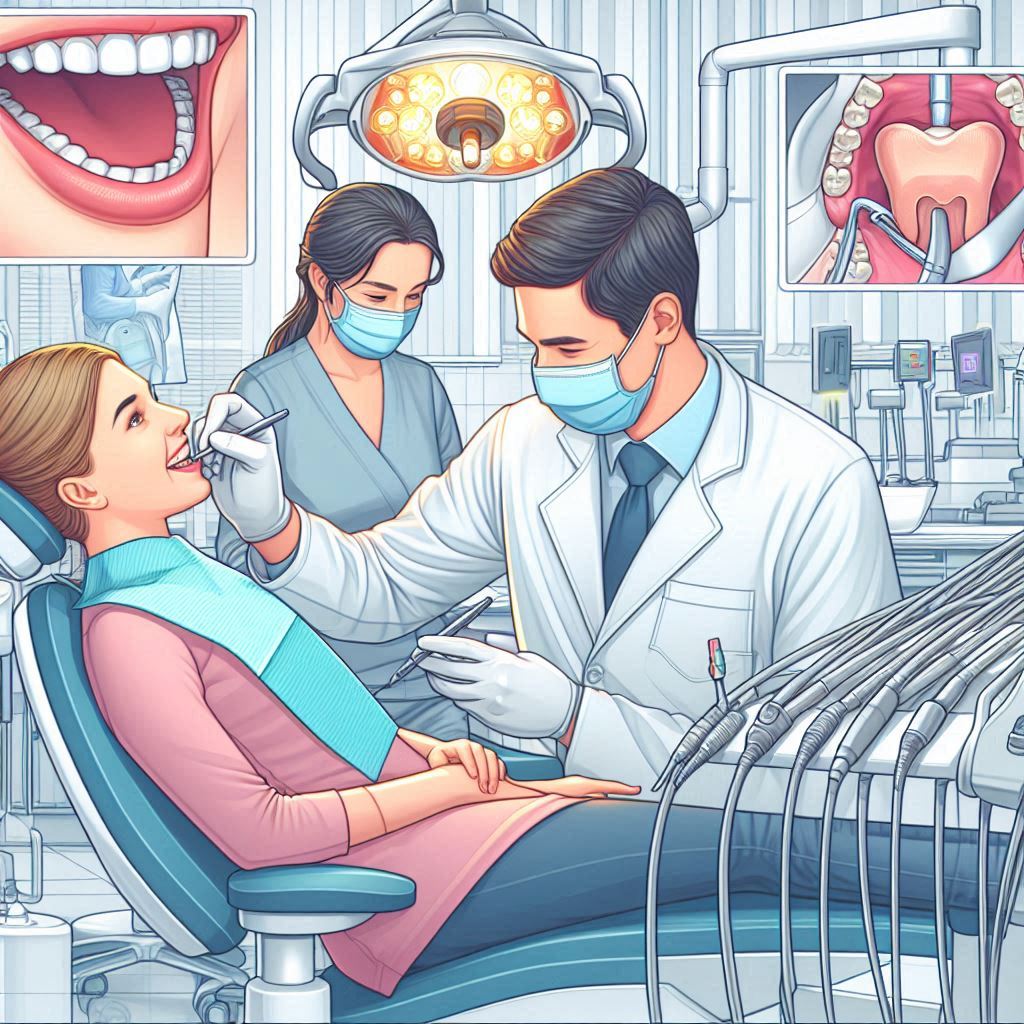Dental Codes in Oral Surgery
Oral surgery is a specialized field of dentistry that addresses complex dental and maxillofacial conditions, ranging from tooth extractions to corrective jaw surgeries. A critical aspect of oral surgery is the use of standardized dental codes, which streamline communication between dental professionals, insurance companies, and patients. These codes, often referred to as Current Dental Terminology (CDT) codes, are essential for billing, documentation, and ensuring proper treatment protocols.
This article delves into the intricacies of dental codes in oral surgery, focusing on bone lesions, surgical procedures, the role of dental assistants, and treatment protocols. Whether you’re a dental professional, a student, or a patient seeking clarity, this guide will provide a comprehensive understanding of the topic.

2. Dental Codes for Oral Surgery Bone Lesions
Bone lesions in the oral cavity can arise from various conditions, including cysts, tumors, infections, or trauma. Accurate diagnosis and treatment are crucial, and dental codes play a pivotal role in documenting these procedures.
Common Bone Lesion Conditions and Their Corresponding Codes
- D7310: Alveoloplasty in conjunction with extractions – per quadrant
- D7320: Alveoloplasty not in conjunction with extractions – per quadrant
- D7410: Excision of benign lesion (e.g., cyst) – diameter up to 1.25 cm
- D7411: Excision of benign lesion – diameter greater than 1.25 cm
- D7450: Removal of benign odontogenic cyst or tumor – diameter up to 1.25 cm
- D7451: Removal of benign odontogenic cyst or tumor – diameter greater than 1.25 cm
Diagnostic Tools and Imaging Codes
- D0364: Cone beam CT imaging for diagnosis and treatment planning
- D0330: Panoramic radiographic image
Table: Common Bone Lesion Codes and Descriptions
| Code | Description |
|---|---|
| D7310 | Alveoloplasty with extractions |
| D7320 | Alveoloplasty without extractions |
| D7410 | Excision of small benign lesion |
| D7411 | Excision of large benign lesion |
| D7450 | Removal of small odontogenic cyst/tumor |
| D7451 | Removal of large odontogenic cyst/tumor |
3. Dental Codes for Oral Surgery Procedures
Oral surgery encompasses a wide range of procedures, each requiring specific codes for accurate documentation and billing. Below are some of the most common procedures and their corresponding codes.
Tooth Extractions
- D7111: Extraction of a coronal remnant – deciduous tooth
- D7140: Extraction of an erupted tooth
- D7210: Surgical extraction of an erupted tooth
Impacted Teeth
- D7220: Removal of impacted tooth – soft tissue
- D7230: Removal of impacted tooth – partially bony
- D7240: Removal of impacted tooth – completely bony
Corrective Jaw Surgery
- D7860: Orthognathic surgery – mandibular rami
- D7870: Orthognathic surgery – mandibular body
- D7880: Orthognathic surgery – maxilla
Other Common Procedures
- D7953: Bone replacement graft for ridge preservation
- D7960: Frenulectomy (frenulum removal)
4. The Role of Dental Assistants in Oral Surgery
Dental assistants are indispensable in oral surgery, providing critical support to oral surgeons and ensuring smooth procedures. Their responsibilities include:
- Preparing the surgical suite and sterilizing instruments
- Assisting during procedures by handing instruments and suctioning
- Monitoring patient vitals and comfort
- Providing post-operative care instructions
Dental Codes Related to Assistants
While dental assistants do not have specific CDT codes, their work is often bundled into the overall procedure codes. For example, the code D7210 (surgical extraction) includes the assistant’s role in the procedure.
5. Dental Codes for Oral Surgery Treatment
Treatment in oral surgery often involves a combination of procedures, each requiring specific codes. Below are some examples:
Bone Grafting
- D7953: Bone replacement graft for ridge preservation
- D7955: Bone graft for sinus augmentation
Implant Placement
- D6010: Surgical placement of implant body
- D6057: Custom abutment for implant
Post-Operative Care
- D9430: Office visit for observation
- D9920: Behavior management – sedation
6. Conclusion
Dental codes in oral surgery are essential for accurate documentation, billing, and treatment planning. From bone lesions to complex surgical procedures, these codes ensure clarity and efficiency in dental practice. Understanding these codes is crucial for dental professionals, patients, and insurance providers alike.
7. FAQs
Q1: What is the purpose of dental codes in oral surgery?
A: Dental codes standardize communication, streamline billing, and ensure accurate documentation of procedures.
Q2: How are bone lesions diagnosed in oral surgery?
A: Bone lesions are diagnosed using imaging techniques like cone beam CT (D0364) and panoramic radiographs (D0330).
Q3: Can dental assistants perform oral surgery procedures?
A: No, dental assistants support oral surgeons but do not perform surgical procedures themselves.
Q4: What is the difference between D7410 and D7411?
A: D7410 is for excising benign lesions up to 1.25 cm, while D7411 is for lesions larger than 1.25 cm.


